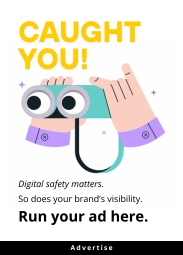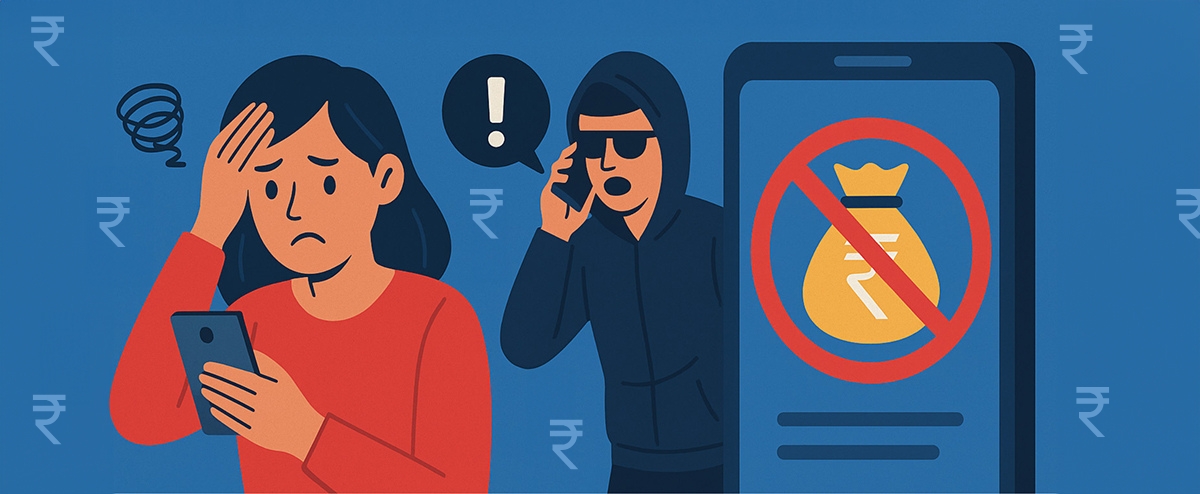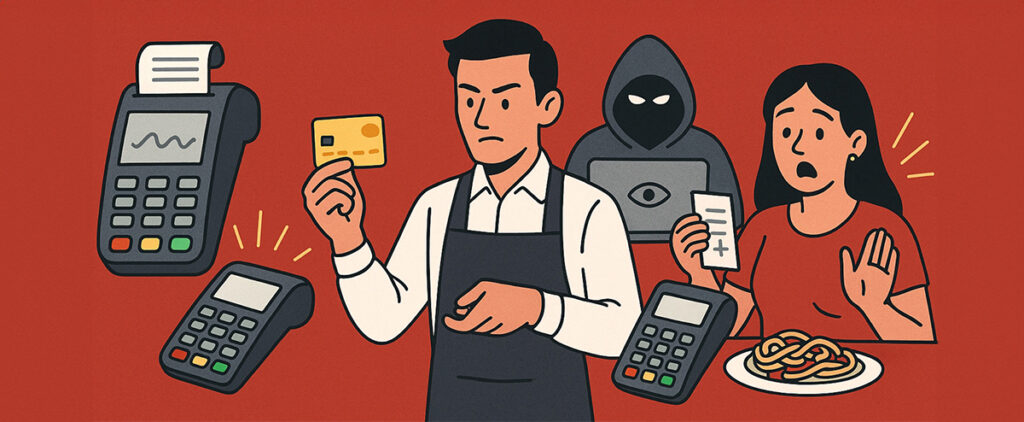
I n today’s digital era, where credit is always just a few clicks away, it has become harder to tell the difference between a fake app and a legitimate loan app. Fake loan apps prey on the financial vulnerability of individuals, especially during their
times of economic distress, using coercion, harassment, and even psychological manipulation to extort money.
According to the Loan Consumer Association (LCA), over 90% of such victims suffer from clinical depression; some panic at the mere sound of a phone call. For instance, Shivani Rawat, a receptionist in Delhi, applied for a ₹4,000 loan from an app named “Kreditbe” (a knockoff of the real “KreditBee”). She never received the funds, but within days, agents demanded ₹9,000 in return. When she resisted, she was abused, harassed by loan sharks, and even defamed with morphed explicit photos which were shared with her coworkers. This harrowing incident eventually cost Shivani her job as well as her mental well-being.
What Are Fake Loan Apps?
There are two main categories of fake loan apps:
- Fee-extortion Scammers: These apps promise instant loans but demand an upfront processing fee. Once paid, the loan is never disbursed, and the app often disappears.
- Predatory Lenders: These are more insidious. They disburse small loans quickly but impose exorbitant interest rates and use illegal recovery practices, including harassment, data theft, and emotional abuse.
How to Identify a Fake Loan App
Spotting a fake loan app may not be easy, but here are some warning signs to watch for:
- Non-compliance with RBI Guidelines: Legitimate loan apps always adhere to RBI’s digital lending norms. If the app doesn’t follow these guidelines, it’s likely to be fake.
- Lack of Loan Agreement: A legitimate lender always provides a written loan agreement. Absence of one is a serious red flag that you must never overlook.
- Advance Fee Demands: Authentic lenders deduct processing fees post-approval, not upfront.
- No Documentation Required: Genuine lenders collect necessary documents (Aadhaar, PAN, etc.) as part of their verification process but never use it to defraud you.
- Negative Reviews and Fake Websites: Fake apps often have fake or no websites and are usually plagued with negative reviews.
- Data Overreach: Many apps request access to contact lists, galleries, and other sensitive data, which are later used for blackmail.
How to Avoid Falling into the Trap
- Borrow Only from RBI-Approved Lenders: Check the RBI website or consult your bank to ensure the lender is registered and compliant.
- Scrutinize the Website and App Permissions: Look for secure websites (HTTPS), privacy policies, and check app permissions before installing.
- Never Pay Upfront Fees: Legitimate lenders never ask for money before the loan is sanctioned.
- Demand Proper Documentation: Insist on a formal loan agreement detailing interest rates, tenure, and repayment structure.
- Read Reviews and Seek Recommendations: Look for genuine user reviews and beware of apps with excessive negative feedback or suspiciously high ratings.
What to Do If You’re a Victim
- Gather Evidence: Take screenshots, note down names, call logs, and any abusive messages.
- File a Complaint:
- Visit the nearest Cyber Cell/Police Station.
- Report on the National Cyber Crime Reporting Portal:cybercrime.gov.in.
The rise in fraudulent digital lending is a symptom of both growing financial desperation and inadequate regulation. Until stronger policies, digital literacy programs, and real-time monitoring are in place, the best defense is awareness. Share this information widely—help someone avoid becoming the next victim.



 Financial Safety
Financial Safety 







